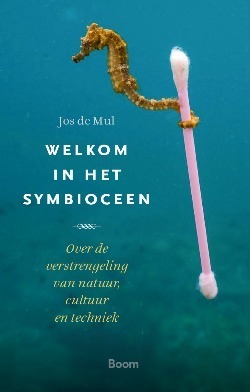Jos de Mul. Disavowal and Representation in Magritte's La Trahion des Images. In: Filozofski vestnik, Vol. XVII, 1no. (1996), 107-126.
Disavowal and Representation in Magritte's La Trahion des Images
Typography
- Smaller Small Medium Big Bigger
- Default Helvetica Segoe Georgia Times
- Reading Mode



 Vanaf de derde druk verschijnt
Vanaf de derde druk verschijnt 





